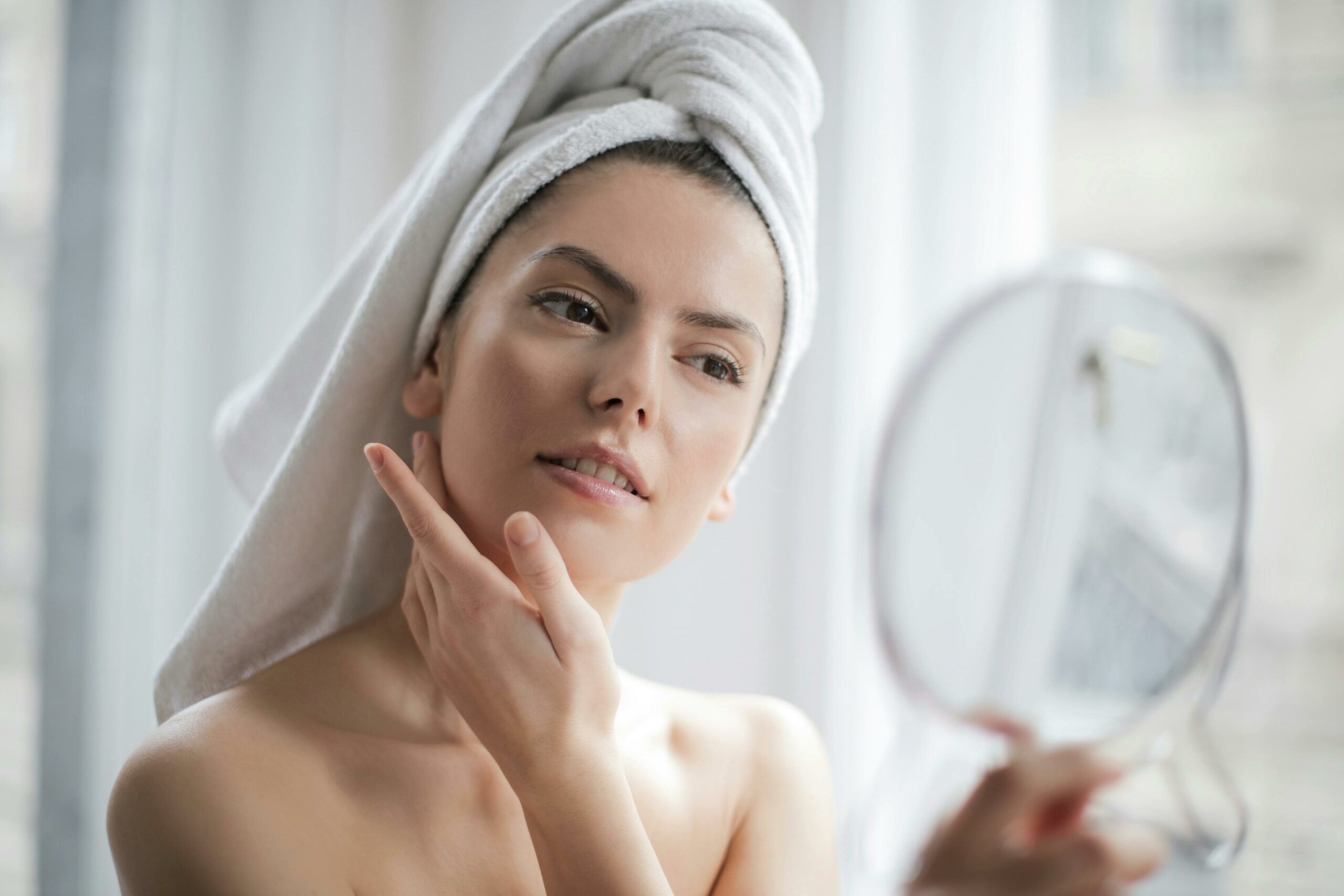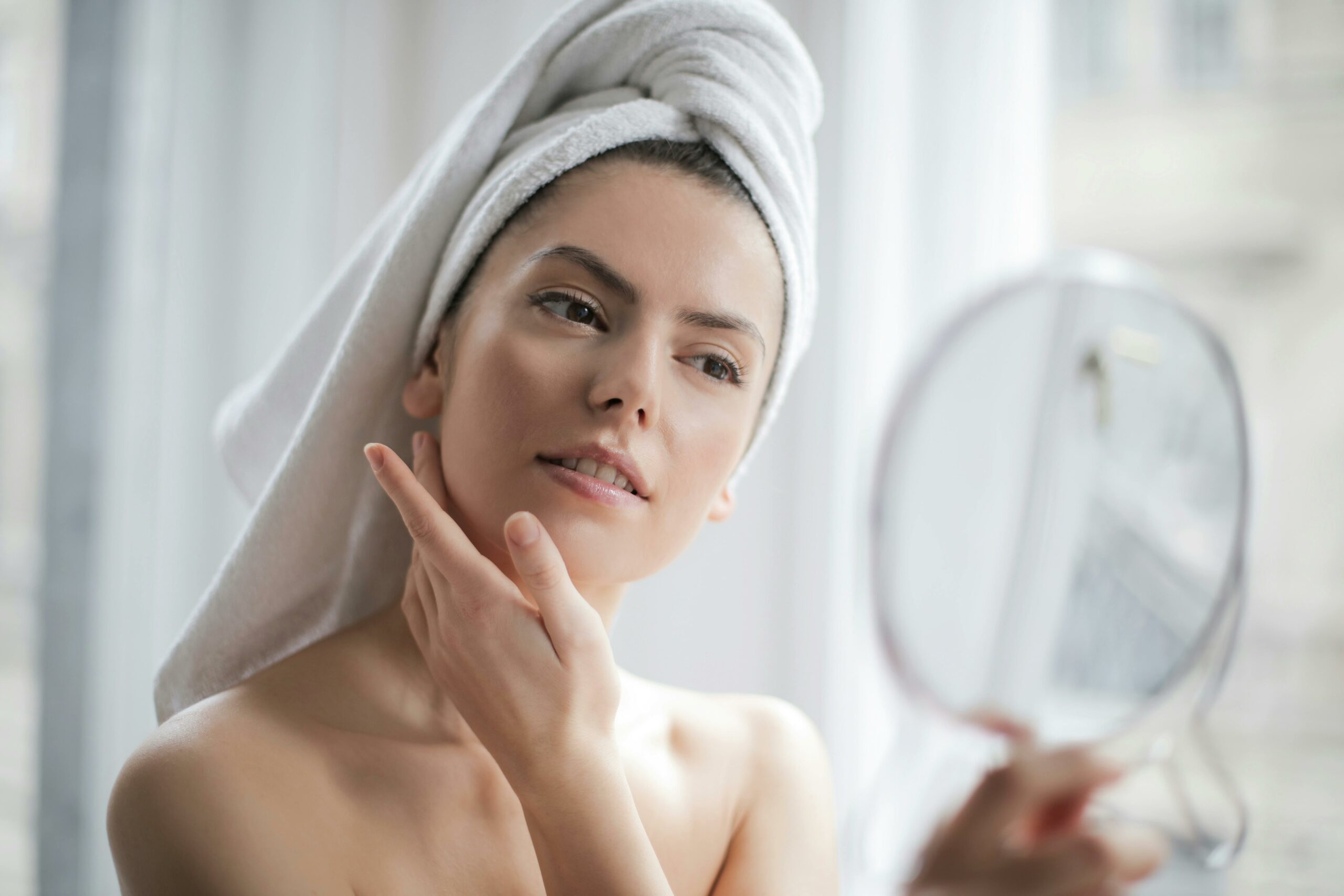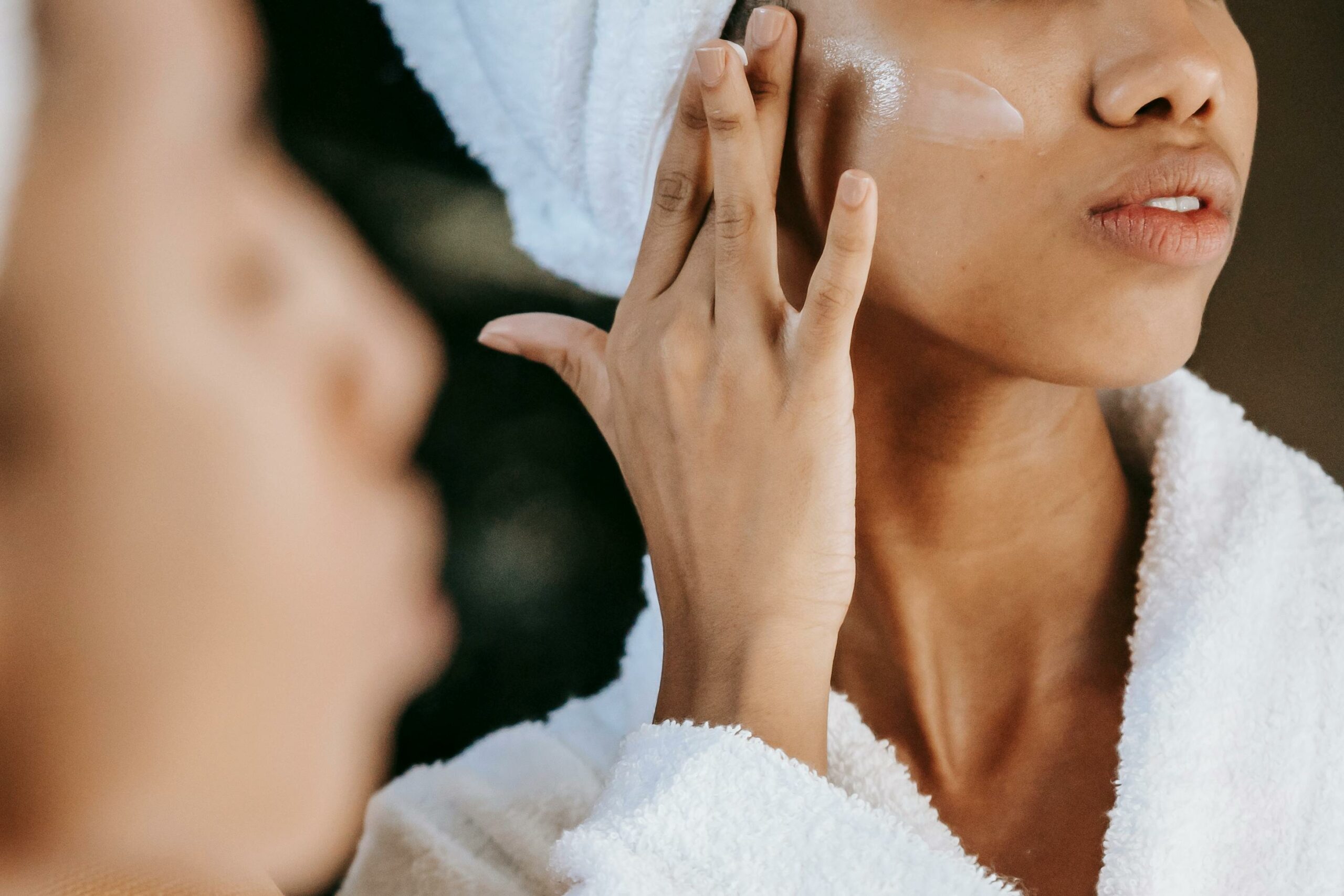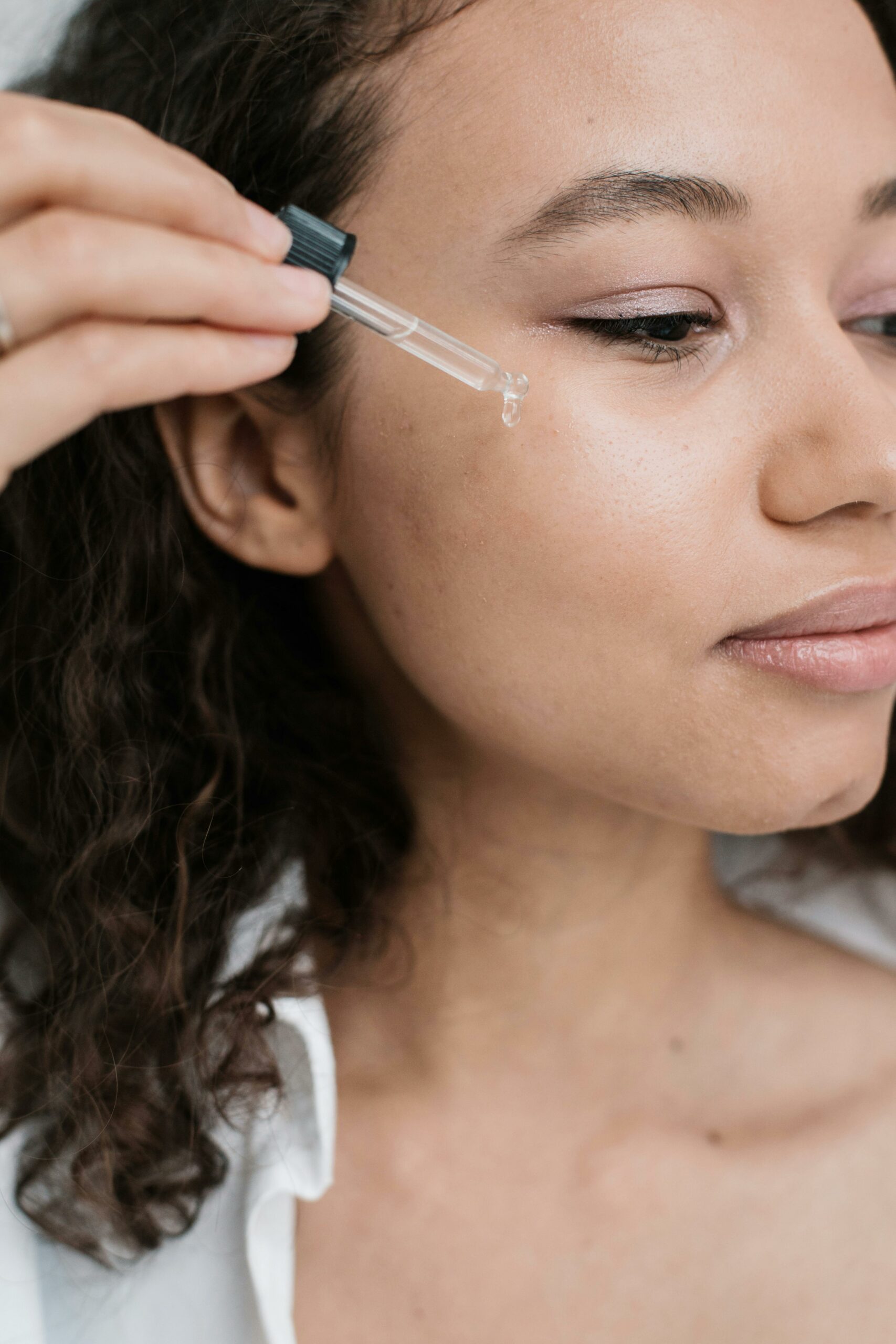When the US Food and Drug Administration (FDA) issued a proposed rule that promised to take steps at improving the safety, efficacy, and quality of sunscreens, consumers were naturally concerned about it.
Over the years, a number of developments have raised concerns regarding not just its effects on humans but on the environment as well. In 2018, Hawaii imposed a ban on sunscreens that had octinoxate and oxybenzone because of their potentially damaging effects on coral reefs.
A year later the Food and Drug Administration (FDA) required manufacturers to be more transparent on the safety of their ingredients.
More recently, they shared findings that six types of chemical ultraviolet filters used in sunscreens entered the bloodstream more easily than previously thought and can stay in our blood for days. Though the FDA didn’t equate this with health risks, the results were inconclusive and will need additional scientific validation.
It’s only natural to wonder: are sunscreens safe to use? Do they contain harmful ingredients that we should be worried about?
Should we continue to use them or are there certain restrictions we need to be aware of? More importantly, is sunscreen a poison or a lifesaver?
In this article, we take a closer look at the issue in an effort to determine if we should continue using sunscreens or stop using them altogether.

Sunscreens: To Use or Not to Use?
Most of us who heard about the US FDA announcement is understandably concerned about the safety of using sunscreen.
While the regulatory language can be confusing and hard to understand, it’s important to note that it didn’t say that sunscreens were categorically dangerous.
Instead, what the proposed ruling seeks to do is make sunscreen formulations and ingredients more transparent for regulating bodies and the public.
This measure is being enacted to find out how much of these ingredients are absorbed by the skin and whether or not skin absorption affects the human skin or the body.
Contrary to our fears, it is aimed at making sunscreens safer for us to use.
FDA and GRASE Ingredients
Already, the FDA has classified zinc oxide and titanium dioxide as GRASE or generally recognized as safe and effective.
In contrast, they have also recommended that para-aminobenzoic acid (PABA) and tolamine salicylate are not GRASE.
In addition to these, the FDA has asked for more data on the safety of 12 ingredients. Some are commonly found in sunscreens manufactured in the United States while some are less common.
If you’d like to take extra precautions by avoiding the ingredients in question, here they are:
- Octisalate
- Ensulizole
- Octocrylene
- Homosalate
- Oxybenzone
- Octinoxate
- Avobenzone
Though less commonly used in US sunscreens, you may also want to avoid:
- Sulisobenzone
- Meradimate
- Padiamate O
- Diozybenzone
- Cinoxate
It’s expected that sunscreen manufacturers in the US will be reviewing their formulations and ensuring that their products won’t contain either of the two non-GRASE ingredients.
However, it certainly doesn’t hurt to check for these ingredients before putting sunscreen on.
Should You Apply Sunscreen?
Absolutely. In fact, FDA’s official statement on their website regarding the matter should reassure us:
“Given the recognized public health benefits of sunscreen use, Americans should continue to use sunscreen with other sun-protective measures as this important effort moves forward.”
Even the Centers for Disease Control and Prevention (CDC), as well as the American Academy of Dermatology (AAD) Association, continue to encourage its use.
The key is not to rule out the use of sunscreen completely but to be more discriminating about the types of sunscreen we apply. If you aren’t yet aware, sunscreen falls under two types:
- Chemical sunscreens take in the rays of the sun and typically contain the ingredients that the FDA is asking more safety information on.
- Physical or mineral sunscreens create a protective layer on top of our skin with many of them having ingredients classified by the FDA as GRASE. These leave a white cast on the skin and are better for those with sensitive skin.
Skin Cancer in the US
If we look at the numbers, the case for using sunscreen is stronger than ever. According to the Skin Cancer Foundation, skin cancer is the most prevalent type of cancer in the US and globally. It’s estimated that there are at least 2 deaths per hour in the country due to it.
Though 90 percent of skin aging is due to the sun, you can significantly lower skin aging by 24 percent by using sunscreens that have SPF 15 or higher.
Conclusion: Use Sunscreen but Check the Ingredients
While recent developments have us questioning our continued use of sunscreen, the benefits far outweigh the risks, namely skin cancer.
Sunscreen along with smart skin habits like staying in the shade especially during noon and wearing protective hats and sunglasses is still the gold standard when it comes to protecting ourselves from the sun’s harsh rays.
If you find yourself concerned about the FDA warning, check for the ingredients we listed above. Make sure that the product you’re about to use contains only GRASE ingredients.






